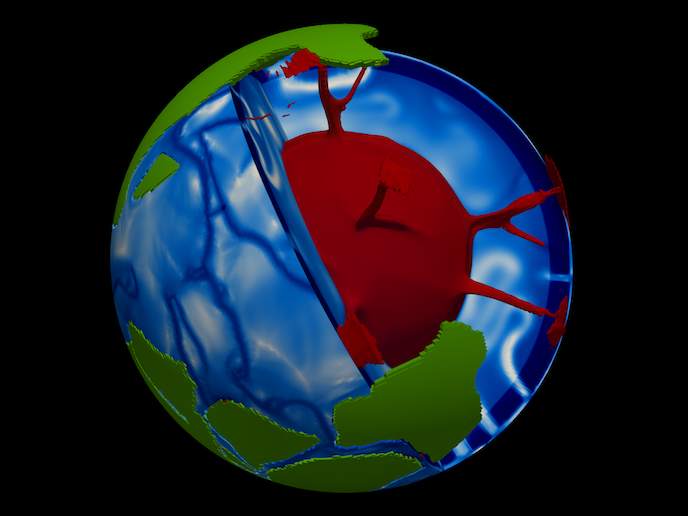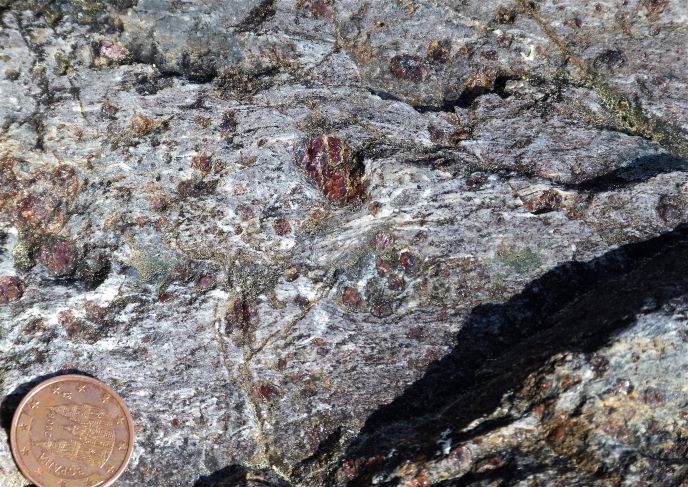Plate tectonics reconstructed
Marine magnetic anomalies are the foundation on which plate tectonic studies are based. Together with the known time scale of past reversals in the polarity of the geomagnetic field, these anomalies can be used to date the oceanic crust, the uppermost layer of the oceanic portion of a tectonic plate. They can also form the basis for the quantification of past plate movements. The GEOPLATE (Global plate reconstructions during the Cretaceous normal superchron) initiative used small-scale anomalies referred to as ‘tiny magnetic wriggles’ formed during past changes to the Earth’s geomagnetic field to investigate the magnetic signature of the planet’s oceanic crust in detail. New kinematic models were constructed to better understand the opening up of the Indian Ocean and the South and Equatorial Atlantic Oceans. The team found that the opening of the Atlantic Equatorial Gateway between South America and Africa was formed 10-15 million years earlier than previously thought. These results also shed fresh light on how continents break apart and explained geo-biological observations from Africa and South America. In addition, the results formed the basis of a new study to quantify the effect of sedimentation on the thermal and magnetic state of the oceanic crust. It showed that part of the crust is heated up sufficiently to erase a major part of its magnetisation, affecting approximately 10 % of the globe’s oceanic crust. Researchers also searched for Cretaceous-aged oceanic crust in the eastern Mediterranean, collecting new magnetic data during four research voyages. Results revealed the first direct evidence for the existence of an oceanic crust in this part of the world. The age of the crust was much greater than expected, making it the oldest oceanic crust on Earth still found in its original setting. This exciting finding was published in leading scientific journals and was also reported around the world in the mainstream media. The discovery has implications regarding the formation of the Pangea supercontinent and on the geodynamic and seismic hazard around the Eastern Mediterranean.
Keywords
Marine magnetic anomalies, geomagnetic field, GEOPLATE, oceanic crust, Atlantic Equatorial Gateway






